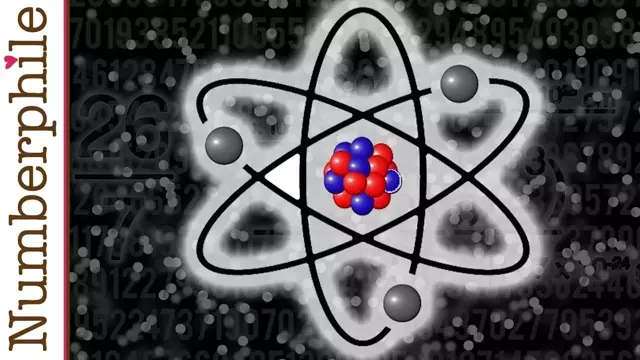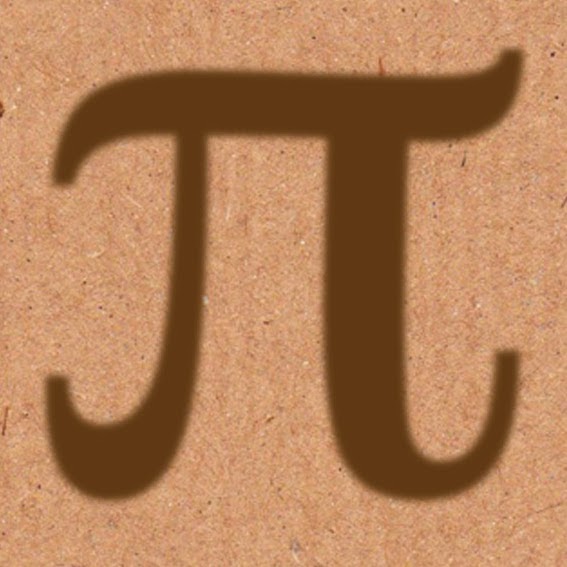2017-07-10
[public] 531K views, 16.7K likes, 237 dislikes audio only
Sponsored by Skillshare... 2-months free to first 500 people: http://www.skl.sh/Numberphile
More links & stuff in full description below ↓↓↓
This video features Dr Tony Padilla from the University of Nottingham.
Extra bit from this video: /youtube/video/58L2Y0eDr3U
See more of Tony talking physics on Sixty Symbols: https://www.youtube.com/sixtysymbols
Planck: http://sci.esa.int/planck/
Numberphile is supported by the Mathematical Sciences Research Institute (MSRI): http://bit.ly/MSRINumberphile
We are also supported by Science Sandbox, a Simons Foundation initiative dedicated to engaging everyone with the process of science.
NUMBERPHILE
Website: http://www.numberphile.com/
Numberphile on Facebook: http://www.facebook.com/numberphile
Numberphile tweets: https://twitter.com/numberphile
Subscribe: http://bit.ly/Numberphile_Sub
Videos by Brady Haran
Patreon: http://www.patreon.com/numberphile
Brady's videos subreddit: http://www.reddit.com/r/BradyHaran/
Brady's latest videos across all channels: http://www.bradyharanblog.com/
Sign up for (occasional) emails: http://eepurl.com/YdjL9
Notes from Tony on this video:
1. The numbers I use are based on Planck 2013 data. Data from the 2015 release exists but I chose the 2013 data since the precise calculation of the size of the universe has only been done explicitly in that case as per this paper: http://www.isaacpub.org/images/PaperPDF/AdAp_100039_2016122914005354452.pdf
2. Near the start I say I’m only considering fundamental particles with mass, and not, say, photons. Actually, I don’t count neutrinos either since they too are relativistic, and the precise results are model dependent to an extent.
3 (later addendum). Well done to anyone who spotted the fact that the 75:25% split between H and He ought to be by mass, and not by number of atoms, as in the video. I realised this mistake lying in bed on the night the video was released and kicked myself repeatedly! Very annoying. Anyway, correcting for this, we see that there actually ought to be 12 H atoms for each He atom, since the atom mass of He is 4, and the total atomic mass of 12 H atoms is 12=3x4. Following the same sort of logic as in the video, we find that there are 62=12x4+14 particles for 16=12+4 baryons. Thats means we should have multiplied by 62/16 rather than 26/7, and so our result should be corrected by a factor of 1.04, yielding closer to 3.4 x 10^80 particles. [Of course, no-one really worries about factors of 1.04 in cosmology :)]. The time to the "apocalyptic” end mentioned later in the video then changes by 3 to 4 years, which is anyway well within the rounding errors of the calculation.

